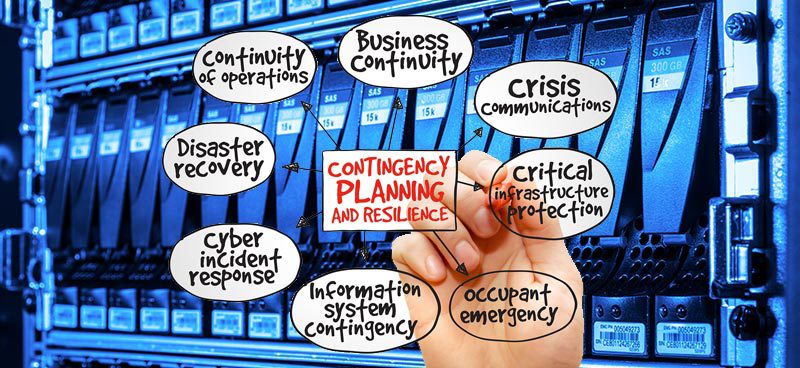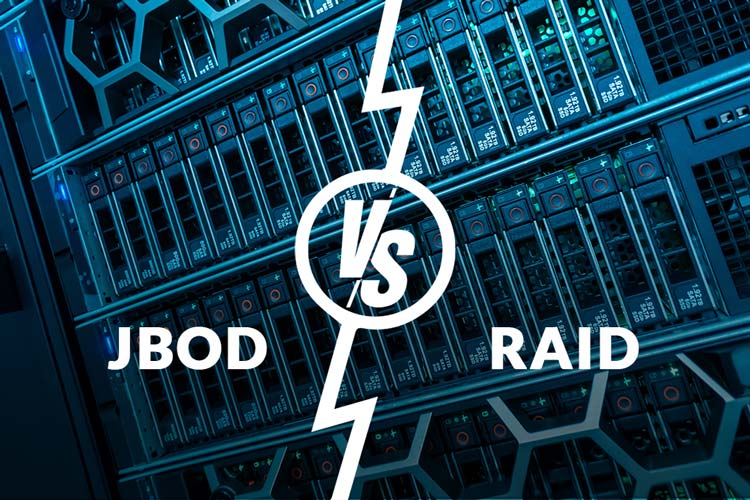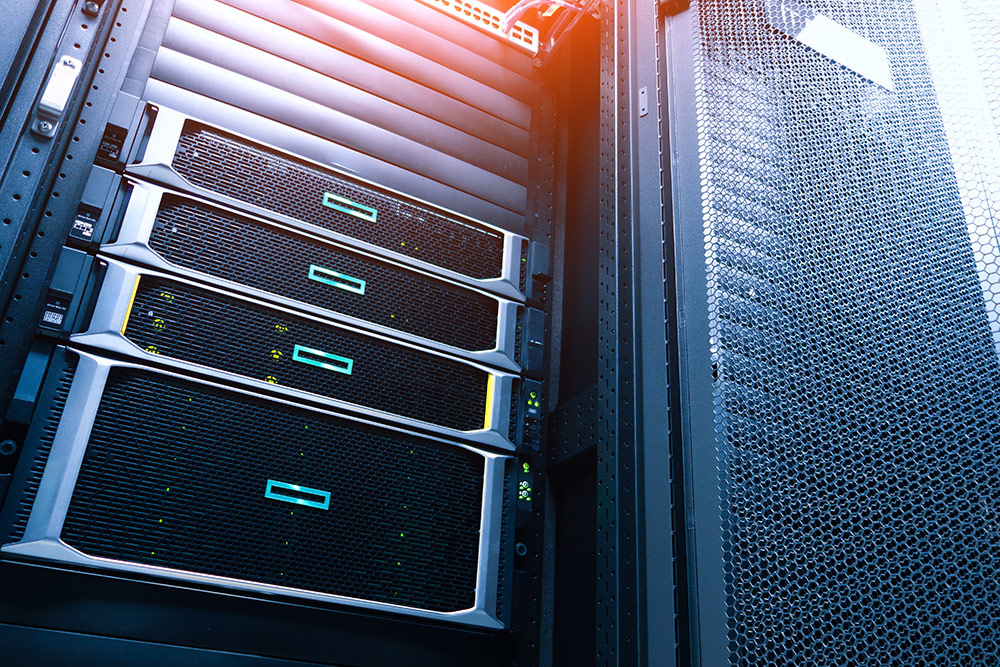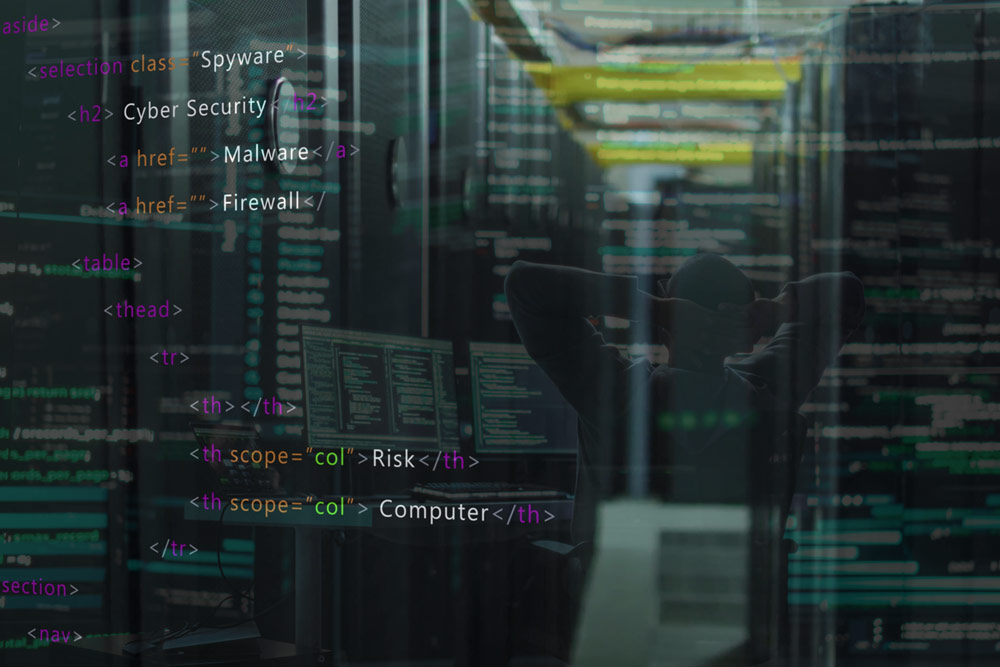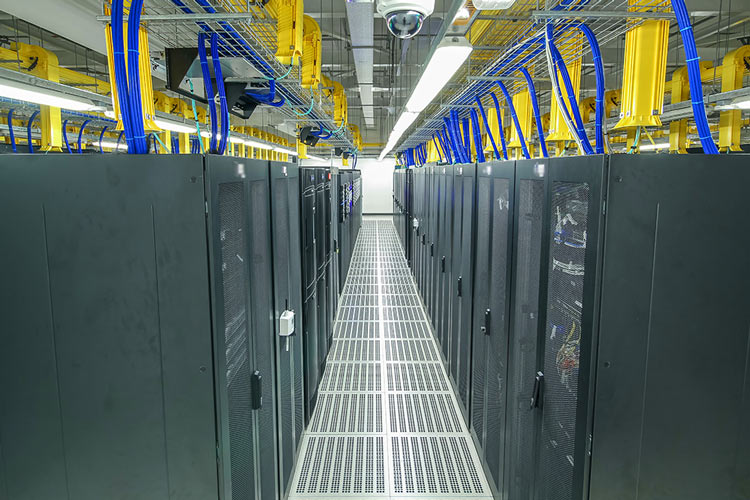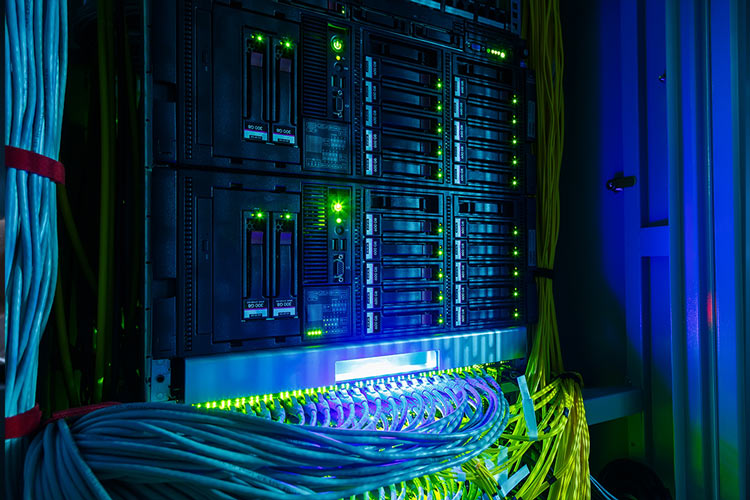[vc_row][vc_column][vc_column_text]
Disasters happen. Whether man-made or natural, the last decade has brought the urgency of immediate recovery availability to the spotlight. Between the year-long devastation of Hurricane Sandy and the recent advancements in cyber terrorism capabilities, businesses have started to recognize the need for disaster recovery (DR) and business continuity planning (BCP). That said, the two terms are often thrown around interchangeably.
The reason for this lies in the similarity of the terms. The goal of both BCP and DR processes is to ensure that all mission-critical aspects of your business can be immediately recovered in the aftermath of a disaster. Minimal to zero downtime is the ideal. The goal of this article is to explain BCP and DR, spotlight the differences between the two and help businesses determine which is most crucial for their longevity.
Understanding The Basics of Business Continuity Planning (BCP)
Business continuity planning (BCP) refers to the processes and procedures created to ensure that all mission-critical operations can continue to function in the immediate aftermath of a disaster.
- Goal of BCP: Creating processes and procedures that allow your business to continue to successfully operate with minimal to no downtime.
- Components of BCP: Plans outlining procedures for key personnel, critical vendor and client contact and billing information backup, vital document recovery and physical infrastructure relocation (alternate locations to work from in the aftermath of a disaster).
When considering what applications need to be included in a BCP, ask yourself one question. Can it fail? If an application, operation or procedure can fail (and it is critical for the functioning of your business) it needs to be included in your backup plan.
Understanding The Basics of Disaster Recovery (DR)
A subset of business continuity planning, disaster recovery is a more technical set of plans that are tailored to specific groups within an organization. Developed as part of the business continuity planning process, DR refers to the backup of mission-critical data and applications (as opposed to personnel and physical locations).
- Goal of DR: Ensuring that your business has the ability to immediately restore the data and applications that are required to keep your data center, IT infrastructure and server running.
- Components of DR: Specific plans for the backup of data centers, servers, IT services and technologies that could be damaged in the event of a disaster.
Whether you opt for a managed disaster hosting service or choose to create and implement your own in-house processes and procedures, DR requires that all critical data be stored off site and available for immediate restoration after a disaster. Redundancy is the key to successful DR.
Differences Between DR and BCP
When it comes down to basics, the differences between disaster recovery and business continuity planning lie in which components of your business you’re trying to protect. BCP refers to people and places while DR refers to data and applications. The scope and complexity of your planning will vary depending on a few factors that include budgetary limitations, the scope of your business, how heavily you rely on technology and the degree to which you are already utilizing cloud technology for your data storage. Before embarking on creating, implementing and monitoring a disaster recovery plan, check with your local data center. Many service providers offer managed disaster recovery for clients.
Determining How To Best Meet Your Business’s Needs
BCP relates more to essential operations, such as how physical infrastructure and operation processes are recovered. Disaster recovery tends to refer more to the recovery of systems and technical applications. Whether your business needs both depends on the scope of your company. A simple way to determine the needed scope is to assess what goes into the day to day operation of your business. What data, applications, servers and personnel are critical to operations? Which would cause significant revenue reductions if lost for hours or days? These are your mission-critical applications and must be backed up.
[/vc_column_text][/vc_column][/vc_row][vc_row][vc_column][vc_row_inner][vc_column_inner][vc_column_text]Ready to See How Volico Data Center Can Help You?
Got questions? Want to talk specifics? That’s what we’re here for.
Have one of our friendly experts contact you to begin the conversation. Discover how Volico can help you with your Business Continuity Planning and Disaster Recovery needs.
• Call: 888 865 4261
• Chat with a member of our team to discuss which solution best fits your needs.[/vc_column_text][/vc_column_inner][/vc_row_inner][/vc_column][/vc_row]

